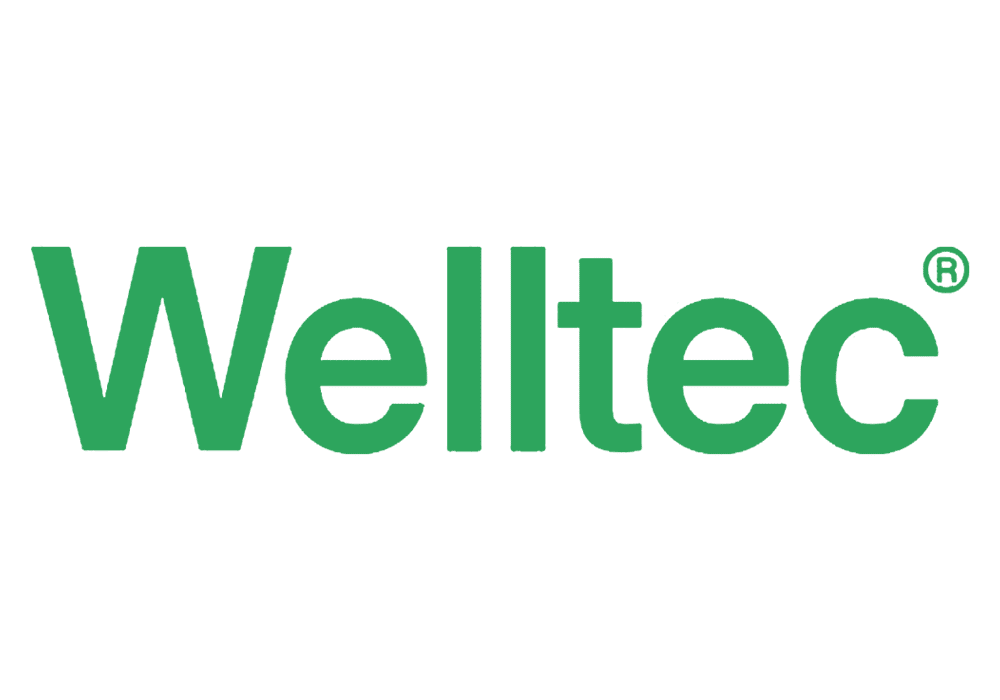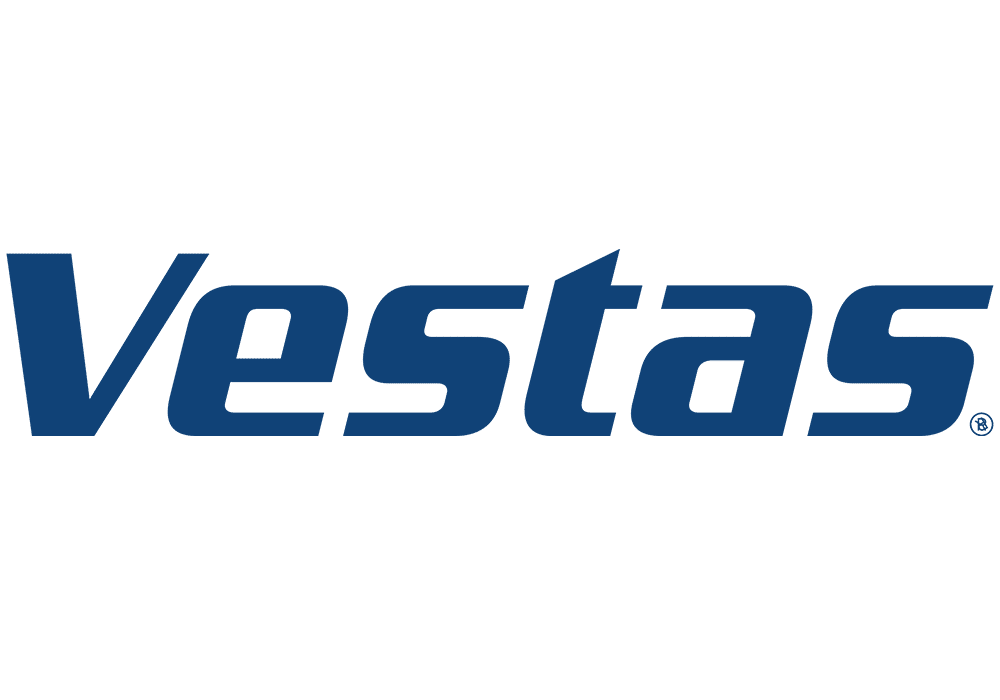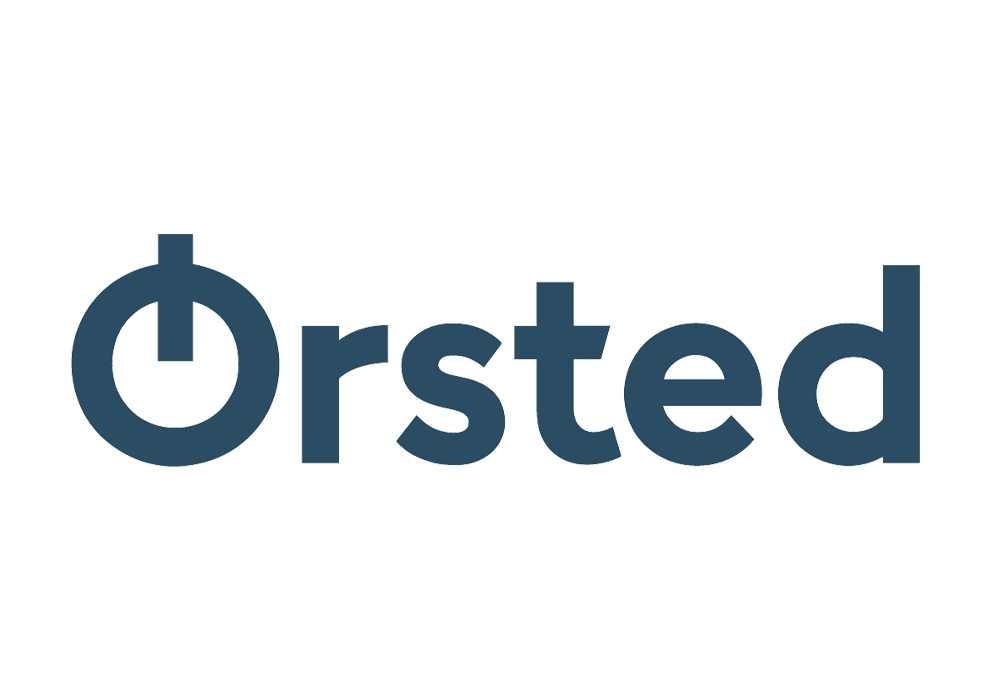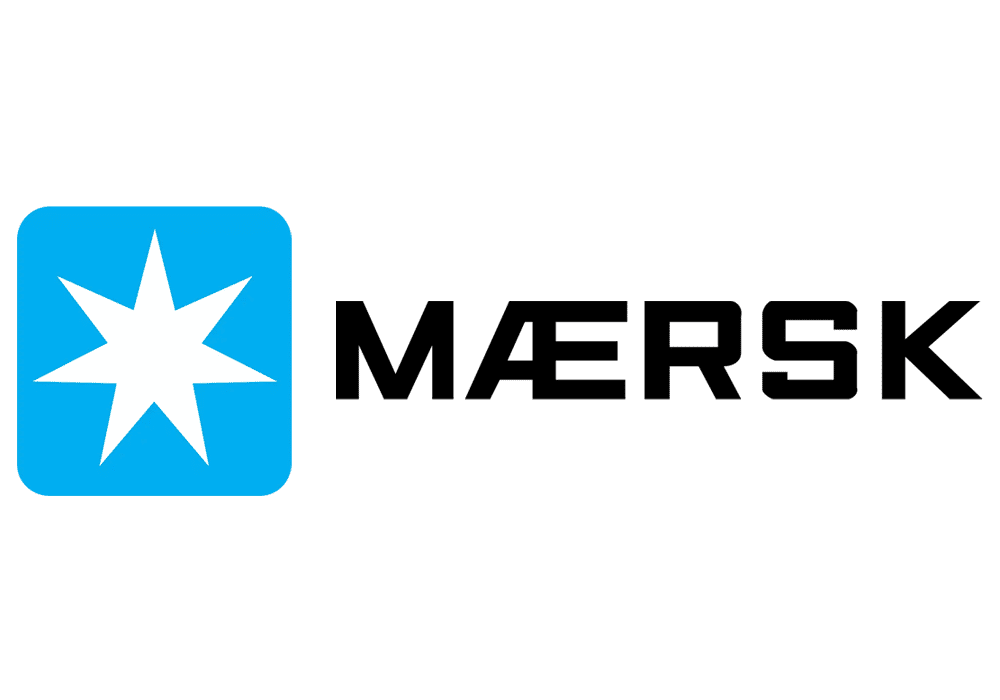The No. 1 Performance & Potential Indicator
Learning agility is scientifically proven to be the number one indicator of leadership potential, and it is at the core of every service we offer at Assess International.
Why we focus on learning agility
In today’s hyper-changing business landscape, being able to pivot, adapt and deliver results in challenging new situations is critical to organizational success. Learning–agile leaders, who are capable of navigating successfully in this so-called VUCA (volatile, uncertain, complex and ambiguous) landscape, are in high demand.
This is why our data-driven services center around learning agility. It is the primary focus of our assessments and 360-degree reviews, and it is the driver behind our coaching processes as well.
By assessing learning agility, we help organizations accurately identify potential and predict performance.

What is learning agility in leadership?
Learning agility is the ability to remain adaptable in the face of uncertainty. The learning agile leader adjusts easily to changing circumstances, has the courage to take chances to drive innovation, views failure as a learning experience and applies that knowledge to new challenges.
In short, the learning agile leader knows what to do when they don’t know what to do.
The origins of learning agility as a concept
The term ‘learning agility’ is attributed to Lombardo and Eichinger (2000) – Korn Ferry. Its accuracy as an indicator of leadership performance has been the subject of various scientific studies, and the framework for understanding, assessing and developing learning agility in leaders has been further developed by Assess International.
We introduce a unique, data-driven approach to assessing learning agility and accurately identifying potential.
The 3 pillars underpinning high learning agility
Learning agility is based on three key pillars:
Motivation
Being willing to seek out challenging experiences.
Ability
Being able to capitalize on challenging experiences.
Application
Having the flexibility to apply learnings to new challenges.
In leadership, these three pillars translate as leaders who have the boldness to disrupt the status quo and face new challenges despite the risk of failure; the awareness to consider the learnings they gain from this; and the flexibility to adapt their approach based on what they learn.
5 complex learning agility skills
Learning agility comprises a set of five complex domains that can be assessed, developed and strengthened:
Mental agility
Critical thinking, curiosity, complex problem-solving, and openness to new methods.
People agility
Empathy, interpersonal skills, pro-social behaviors, emotional intelligence, and creating followership.
Change agility
Flexibility, adaptiveness, positive attitude to change, and keeping performance level during times of ambituity.
Results agility
Resourcefulness, drive, ability to reach goals and drive results during change.
Self-awareness
Self-insight, awareness of own strengths and weaknesses, seeks feedback and adapts behaviour and strategies accordingly.
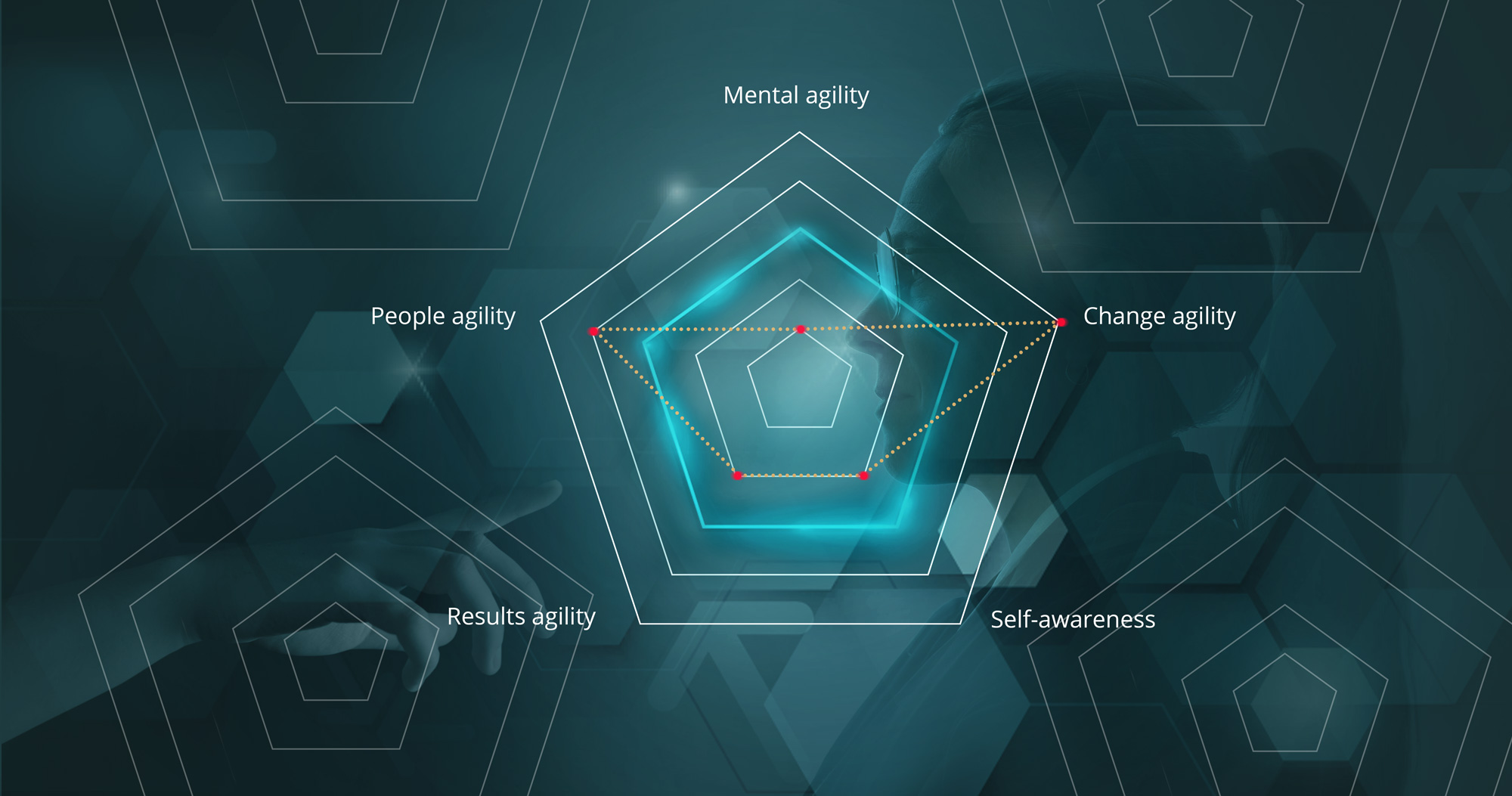
Learning agility: The no. 1 factor in identifying potential
50-70 % of all leaders fail within the first 18 months of taking on a role – a testament to how difficult it is to predict leadership potential and performance.
While organizations run IQ, EQ (emotional intelligence) and personality tests on their executive candidates, take references and do background checks, most of them are looking at the results in isolation, missing the insights an aggregation of those data provides when viewed through the lens of learning agility.
Learning agility vs IQ, EQ and experience – the science
Great leaders do often have high IQ and some may even have a high EQ as well, but those factors are not accurate predictors of leadership potential on their own. Neither does past performance guarantee future success as a leader’s performance is affected by the context in which they lead.
According to a range of scientific studies, learning agility is the most reliable predictor of leadership potential and performance:
- A meta-analysis of 20 field studies found that learning agility had a higher correlation with leadership performance than IQ, EQ, or job experience. (De Meuse 2019 in Harvey and De Meuse 2021).
- Another study found that learning agility predicted advancement potential above cognitive ability and personality (Bedford 2011 in Harvey and De Meuse 2021).
- A third study found that highly learning agile executives were 18 times more likely to be recognized as high potentials. (Dries et al. 2012)
So, how do you accurately assess which of your leaders and leadership candidates possess high learning agility?

How to assess learning agility objectively
Assess International have pioneered an unmatched data-driven approach to assessing potential through learning agility. This approach ensures the objective identification of potential and accurate prediction of performance in your candidates and existing employees, and it therefore a great tool for succession planning.
To assess a person’s level of learning agility, we extract and aggregate key insights from cognitive and personality tests + 360-degree surveys. Our highly experienced, ICF-certified consultants perform workshop observations and interviews with the candidates and provide 360-degree feedback and coaching.
The objective test data along with 360-degree survey results, observations from interview and workshops, and, if available, performance data, give a clear indication of a person’s level of learning agility, their performance potential, and their fitness for the role and the company culture. The consultant-driven activities add nuance and depth to the assessments and provide clarity and actionable insights to the candidates.

Benefits of data-driven learning agility assessments to your organization
Organizations worldwide use the insights derived from our objective, data-driven assessments for various purposes. The ultimate objective is always to ensure learning agile leadership capable of successfully tackling the challenges of the modern business landscape:
Successful executive hires
We assess executive candidates and provide objective second opinions on hiring decisions to ensure the highest performance in the role.
Succession planning
By identifying true potential, you can build a strong pipeline of learning agile leaders in your organization.
Increased C-suite diversity
The data-driven objectivity of our approach empowers organizations to hire and promote the best executive candidates, regardless of gender, ethnicity and other irrelevant factors.
Strategic internal talent mobility
Mapping the leadership potential enables organizations to manage their talent pool and use it to the greatest strategic advantage across the organization.
Targeted L&D investments
Comprehensive assessments of learning agility skills enable targeted learning & development investments with increased ROI.
Academic sources and further reading:
Bedford, C. L. 2011. “The Role of Learning Agility in Workplace Performance and Career Advancement.” Unpublished doctoral dissertation. University of Minnesota. In Harvey and De Meuse 2021, p. 46.
De Meuse, K. P. 2019. A Meta-Analysis of the Relationship between Learning Agility and Leader Success. Journal of Organizational Psychology, 19 (1). In Harvey and De Meuse 2021.
Dries, N., T. Vantilborgh and R.G. Pepermans. 2012. The role of learning agility and career variety in the identification and development of high potential employees. Personnel Review 41(3):340-358
Harvey, V.S. and K.P. De Meuse. 2021. The Age of Agility: Building Learning Agile Leaders and Organizations. Oxford University Press.
Lombardo, M. M. and R. W. Eichinger. 2000. “High Potentials as High Learners.” Human Resource Management 39: 321-330.

Preferred by leading international corporations
